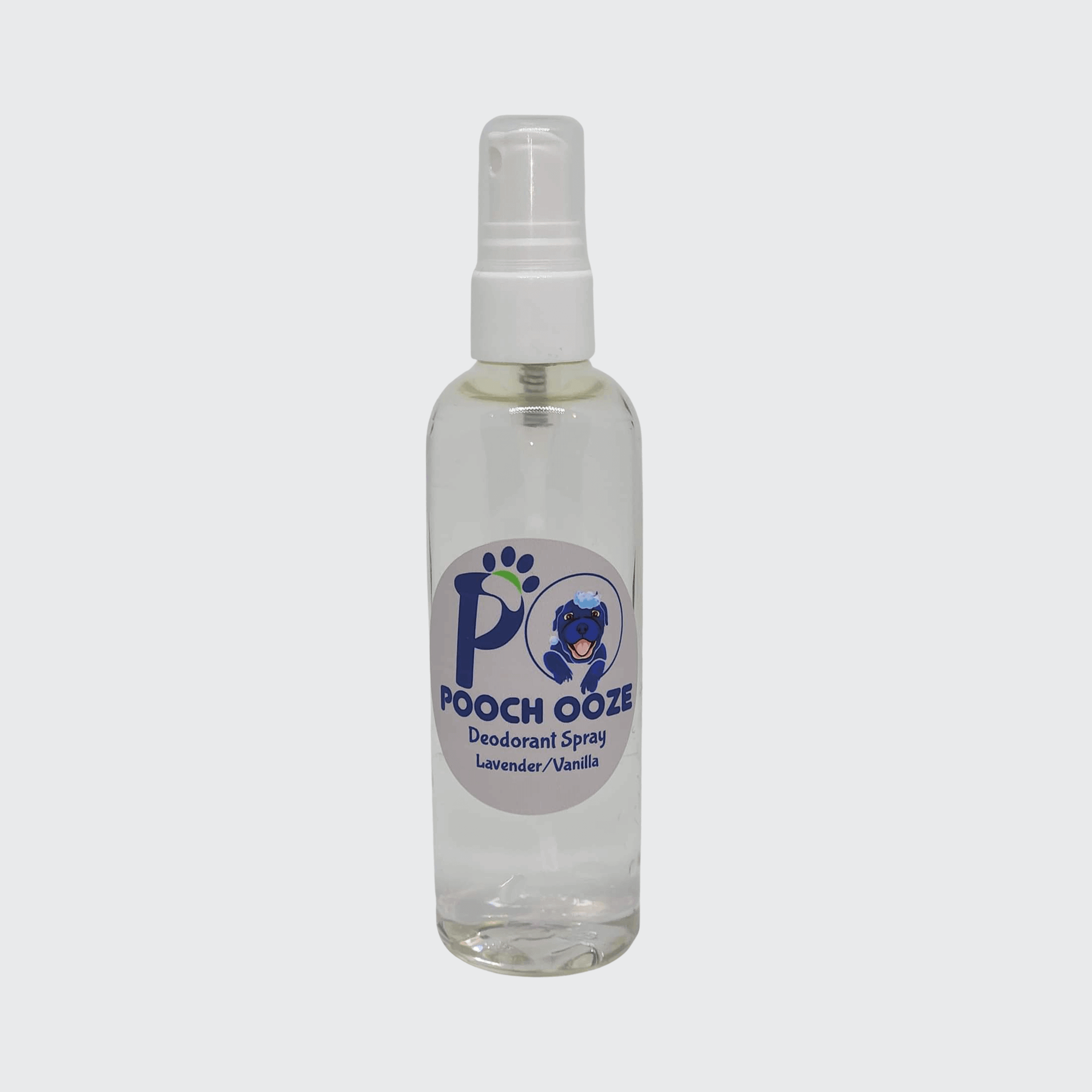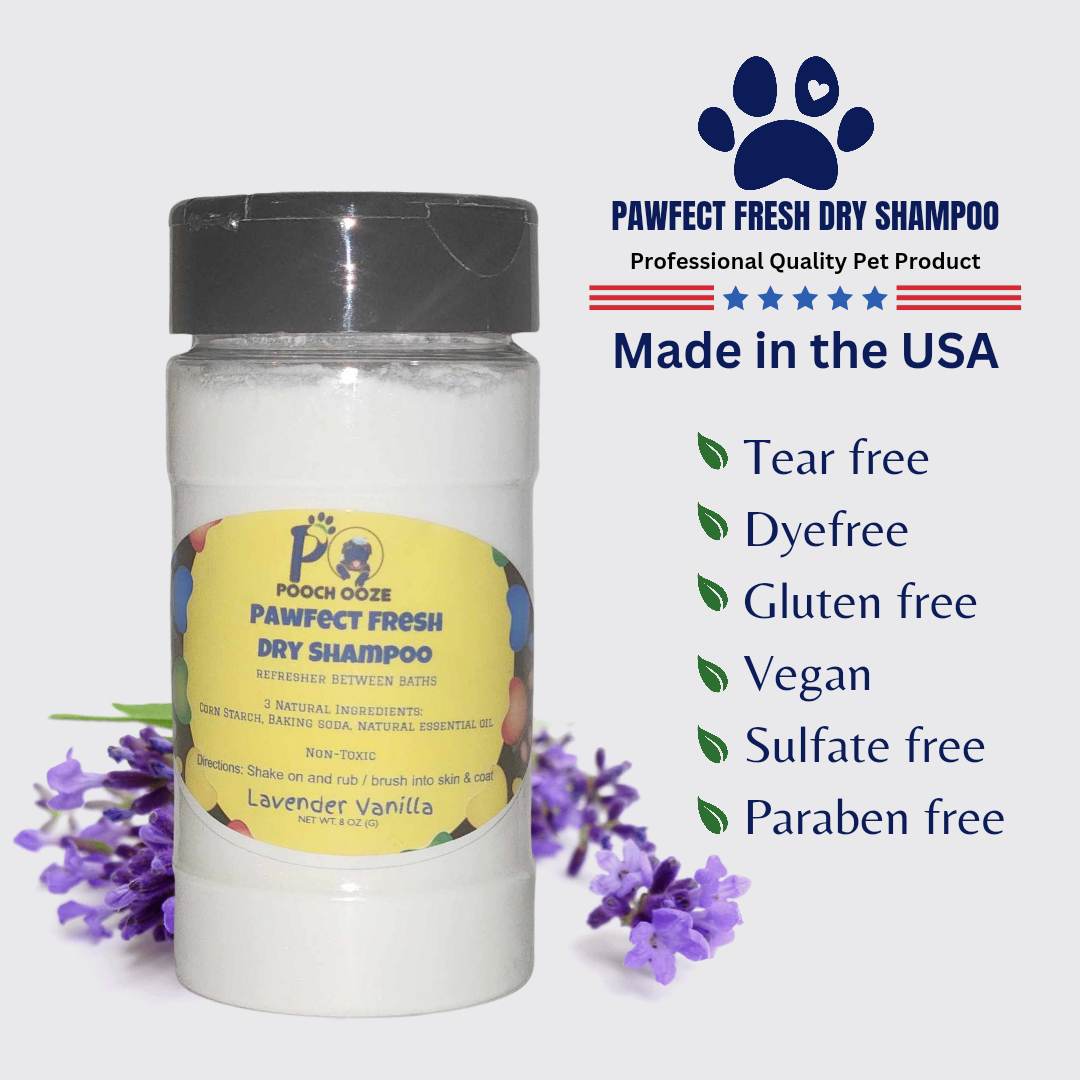We understand that giving your dog a bath at home can be a challenging task, especially if you don't have the right knowledge and tools. But don't worry, we're here to help! In this article, we'll provide you with the best tips and tricks to give your furry friend a bath at home, without any stress or hassle. With our comprehensive guide, you'll be able to give your dog a bath like a pro!

Why Should You Give Your Dog a Bath?
Firstly, let's understand why giving your dog a bath is important. Dogs can get dirty and smelly pretty quickly, and a bath is a great way to keep them clean and fresh. Bathing also helps to remove any harmful bacteria, parasites, or allergens from their skin and coat, which can prevent them from getting sick or developing skin conditions. In addition, giving your dog a bath can be a bonding experience between you and your pet, and can help to promote their overall health and happiness.
How Often Should You Bathe Your Dog?
As a pet owner, It's important to keep your furry friend clean and healthy. One question that many dog owners frequently ask is, "How often should I bathe my dog?" The answer is not as straightforward as you might think, as it largely depends on several factors such as breed, size, coat type, and lifestyle.
First, let's consider the breed and coat type of your dog. Some breeds have hair that grows continuously, while others have hair that falls out seasonally. Dogs with continuously growing hair may require more frequent bathing to prevent matting and tangling of their coat. On the other hand, dogs with a seasonal coat may require less frequent bathing as their natural shedding process helps to remove dirt and debris from their fur.
Size and lifestyle are also important factors to consider. Active dogs that spend a lot of time outdoors may require more frequent bathing to remove dirt, mud, and odors from their coat. Small dogs that spend most of their time indoors and are less active may require less frequent bathing.
In general, most dogs require bathing every two to three months. However, some dogs may require more frequent bathing, such as those with skin allergies, flea infestations, or medical conditions that cause excessive oil production.
It's important to note that bathing your dog too frequently can actually be harmful to their skin and coat. Over-bathing can strip away natural oils, leading to dry and itchy skin. If you're unsure about how often to bathe your dog, consult with your veterinarian for guidance based on your dog's specific needs.
There is no one-size-fits-all answer to how often you should bathe your dog. It's important to consider your dog's breed, size, coat type, and lifestyle when determining the appropriate bathing frequency. By following these tips, you can help keep your furry friend clean and healthy without causing any harm to their skin or coat.
1: Preparation
Before you start bathing your dog, it's important to prepare everything you'll need. This includes a non-slip mat or towel, shampoo and conditioner specifically designed for dogs, a bucket or hose for rinsing, and plenty of towels for drying. Make sure the water is warm, but not too hot, and test it on your own skin first to ensure it's not too hot for your dog. Also, it's a good idea to brush your dog's coat thoroughly before bathing, as this can help to remove any tangles or mats, and make the shampooing process easier.
Now that you're prepared, it's time to start bathing your dog.
2: Start with a Good Brushing
Before you even think about turning on the water, start with a good brushing. Brushing your dog's coat not only removes any tangles or mats but also helps distribute natural oils throughout their coat, keeping it healthy and shiny. Plus, it can help reduce the amount of hair and debris that will end up in the bathwater, making cleanup easier.
3: Use a Dog-Specific Shampoo
Human shampoos are not suitable for dogs, as they can strip away natural oils and cause skin irritation. Always use a dog-specific shampoo that's formulated for your dog's coat and skin type. There are many types of dog shampoos available, including medicated shampoos for specific skin conditions, hypoallergenic shampoos for dogs with sensitive skin, and deodorizing shampoos for dogs with a strong odor.
4: Use Lukewarm Water
Dogs have more sensitive skin than humans, so it's essential to use lukewarm water for their baths. Water that's too hot or too cold can cause discomfort or even skin damage. Before wetting your dog, test the water's temperature with your wrist or elbow to make sure it's comfortable.
5: Rinse Thoroughly
Rinsing your dog thoroughly after shampooing is crucial to preventing skin irritation or residue buildup. Make sure to rinse their coat completely, including their belly and under their legs. Leftover shampoo can cause dryness, itching, or even infection, so take your time to ensure all the suds are washed away.
6: Use Conditioner
Using a dog-specific conditioner can help keep your dog's coat soft, shiny, and tangle-free. It can also help soothe any skin irritation caused by shampooing. Apply the conditioner after shampooing, and let it sit on your dog's coat for a few minutes before rinsing it off. Be sure to choose a conditioner that's appropriate for your dog's coat type, as some formulas may be too heavy or oily for certain breeds.
7: Dry Thoroughly
Make sure to dry your dog thoroughly after their bath. Leaving them damp can cause skin irritation or even a chill. Use a towel or a blow dryer on a low heat setting to dry their coat completely. If you use a blow dryer, be careful not to hold it too close to your dog's skin, as this can cause burns or overheating. You can also use a brush or comb to remove any tangles or mats as you dry their coat.
8: Reward Your Dog
Finally, always reward your dog after their bath. This positive reinforcement can help make future baths easier and more enjoyable for both of you. Give your dog treats, praise, or playtime to let them know that they did a good job. This can also help create a positive association with bath time, making it less stressful and more fun for your furry friend.
The Practical Process of Bathing Your Dog
With the tips mentioned above, it's time to start bathing your dog. Begin by wetting their coat with warm water, avoiding their head and ears. Apply shampoo to their coat and lather it up, using a gentle circular motion. Be careful not to get any shampoo in their eyes or ears, as this can be uncomfortable for your dog. Rinse the shampoo off thoroughly, making sure to remove all the suds from their coat.
Next, apply conditioner to their coat and massage it in gently. Let the conditioner sit on their coat for a few minutes, and then rinse it off thoroughly. Once you've finished washing your dog's coat, it's time to rinse their head and face. Use a wet cloth or sponge to gently clean their face, avoiding their eyes and ears. After you've finished bathing your dog, it's time to dry them off. Use a clean towel to gently pat them dry, avoiding any rubbing or pulling. If your dog has long hair, you may need to use a hair dryer on a low heat setting to dry their coat completely. Be sure to use a brush or comb to remove any tangles or mats as you dry their coat.
In conclusion, following these tips can help make your dog's baths easier, more enjoyable, and better for their overall health and hygiene. Remember to always use dog-specific products and to take your time to make the experience as comfortable as possible for your furry friend. With a little patience and care, bath time can be a bonding experience that strengthens your relationship with your dog. Happy bathing!



